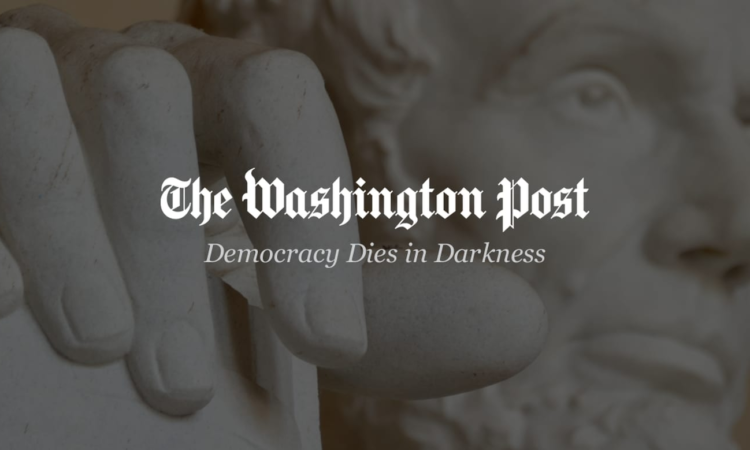
Unfortunately, a new bugbear will hove into view: quantitative tightening. The Bank of England stopped reinvesting maturing bonds in March, but started in November to actively sell gilts back into the marketplace. The Fed has ramped up its passive QT to in excess of $1 trillion per year, and the European Central Bank will begin reducing its €5 trillion ($5.25 trillion) bond pile from March. How global liquidity will cope with everyone reducing monetary stimulus simultaneously will be a key issue for markets next year. From the Year Behind Us:Getting Back To the Right Side of Zero: After more than a decade of official interest rates being close, or even below, zero, 2022 was definitively the year the tide turned as inflation roared. After something of a false start, the Bank of England kicked rate hikes off in December 2021, but the Fed rapidly took the lead in tightening policy. Even the ECB finally said goodbye to eight years of sub-zero deposit rates this summer. The post financial crisis fixation with monetary stimulus, including quantitative easing, is consigned to history — for now, at least.
The Hideous Strength of the Dollar: Following the Russian invasion of Ukraine in February and the resulting squeeze on energy prices, there was a sustained flight from most major asset classes. It was pretty hard to avoid the wreckage but there was one trade that did work: buying the dollar. Virtually all fixed income and equity markets have had a heavy down year, but if you got your currency choice right, at least it softened the blow. The dollar benefited as a haven during times of trouble, but also from the strength of the US economy relative to the rest of the world.
US Interest-Rate Hikes Became Weapons of Mass Destruction: Ever bigger interest-rate hikes from the Fed, became the running theme of the year. It forced other nations’ central banks to raise rates even more sharply, not just to combat runaway inflation, but also to defend the values of their currencies. The US-centric approach from the Fed caused a lot of distress with the euro falling below parity to the dollar, the pound very nearly also, and the Bank of Japan intervening to support the yen as it weakened past 150 to the greenback. It had to back that up by lifting the upper end of its yield-curve control policy. A weaker dollar has become the crucial factor spurring the year-end rally for both bonds and equities, but for most of the year it was ever deepening gloom.
The BOE Might Just Get Lucky: No assessment of 2022 can go without mentioning the crisis in the UK gilt market. The fallout from the ill-fated late September mini-budget of Chancellor of the Exchequer Kwasi Kwarteng very nearly caused the long end of the UK government bond market to implode. Over-leverage from pension funds seeking ways to counteract super-low yields had built up a powder keg. Gilt yields climbed too far too fast, causing a sudden liquidity crunch, forcing the BOE to buy bonds in a systemic intervention. Some of the UK’s institutions emerged with their reputations enhanced, but the Liz Truss-led government lasted in total just 44 days.
The BOE Is Central Banking’s Crash Test Dummy: The UK central bank is trying again to reduce its pot of QE bond holdings. It will be the theme for 2023. The BOE, as it was in hiking rates first, is trail-blazing here with active quantitative tightening. That, along with a huge government new borrowing requirement, will generate the largest net supply of gilts on record in the upcoming fiscal year.
Edging Towards the Rate Pivot: The Fed and the BOE are sending signals that we have seen the last of the mega 75 basis-point rate hikes. A much more confused message is emanating from the ECB’s governing council — but it will follow where others lead.
This column does not necessarily reflect the opinion of the editorial board or Bloomberg LP and its owners.
Marcus Ashworth is a Bloomberg Opinion columnist covering European markets. Previously, he was chief markets strategist for Haitong Securities in London.
More stories like this are available on bloomberg.com/opinion



